Where have you been? We missed you! ~Rediscovered species ~
- ejharpist
- Aug 14
- 7 min read
Yes, there are many species on the Endangered Species list and there is a lot of work to be done. But, there are some successes that we wanted to celebrate. What is a rediscovered animal? Well, a species that was thought to be extinct that is then rediscovered in the wild!
How could this happen? Some species are shy, and very good at camouflage, others live in small areas of the world, or in hard-to-reach places. Regardless, the species listed below have been rediscovered and as far as we know are still doing well! There are conservationists who specialize in tracking, searching and sometimes finding the species that are considered extinct, thus we are able to rediscover!
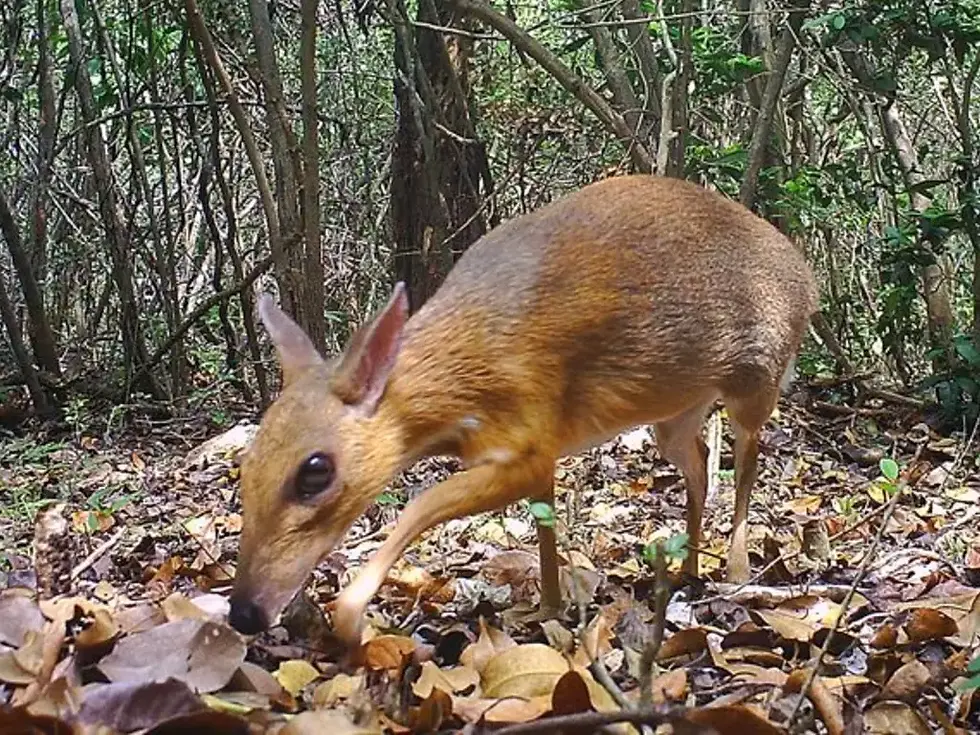
Silver-backed Chevrotain (Vietnamese Mouse Deer)
If you read my recent blog post about ungulates, you know how cute chevrotains are! This specific type of chevrotain was "lost" for 30 years and thought to be extinct until seen on a camera trap in 2019.
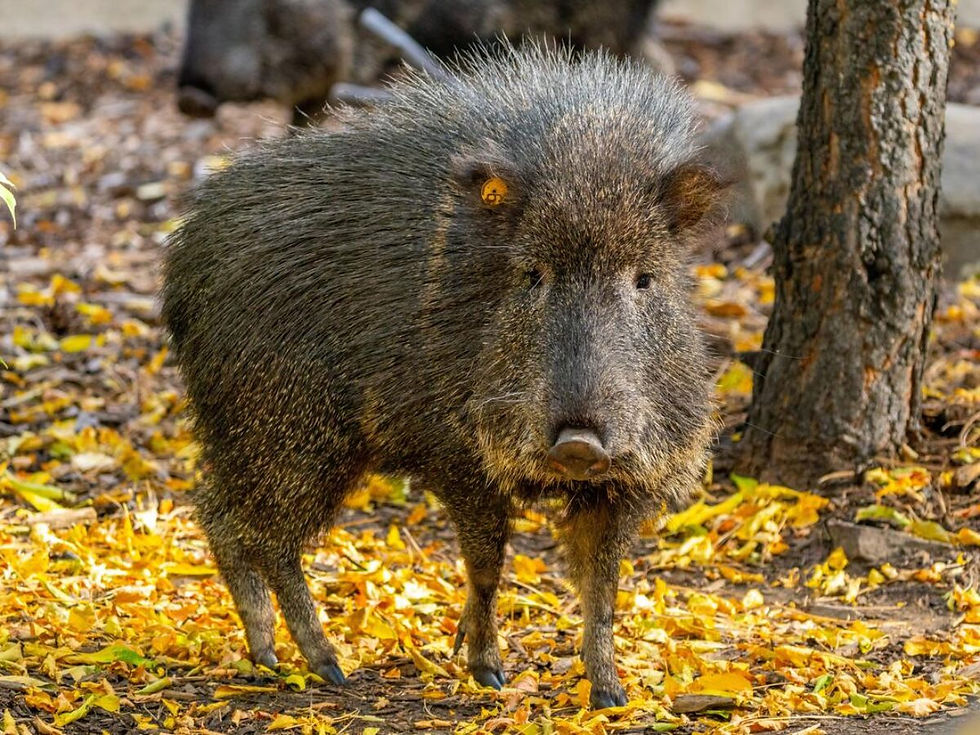
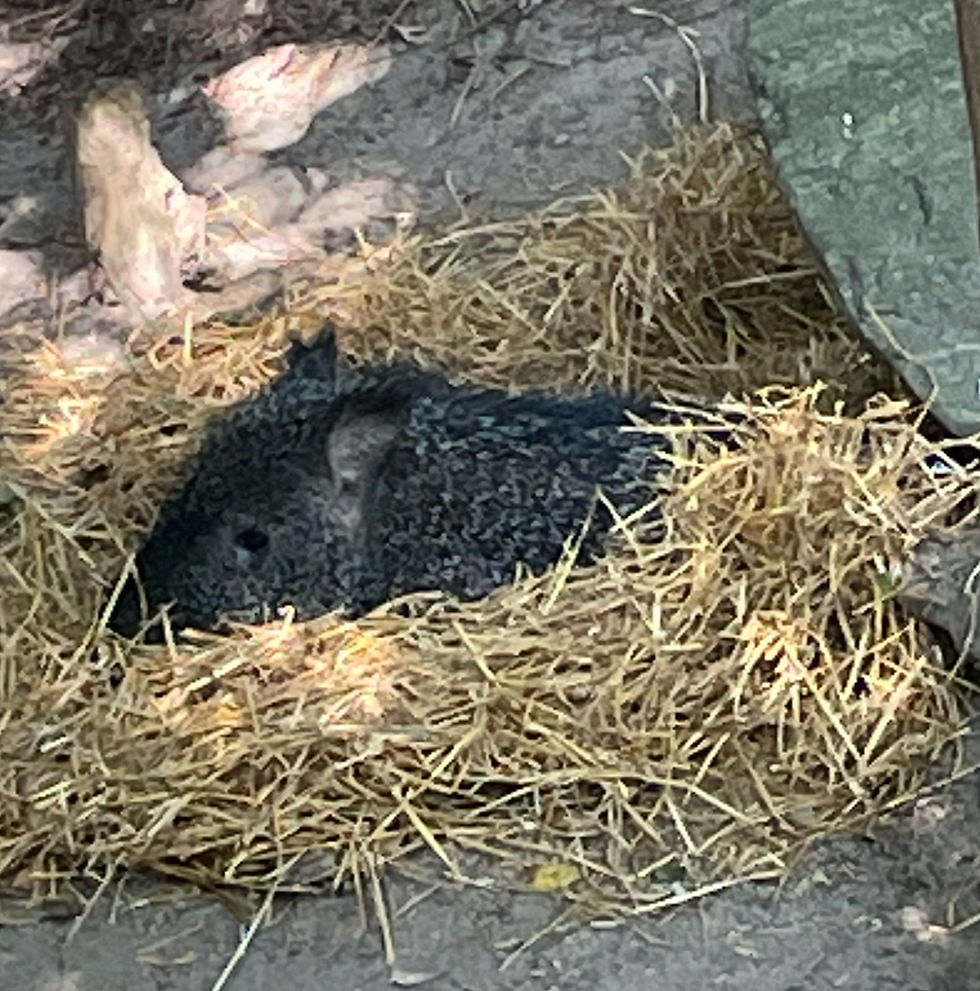
Chacoan Peccary
This is the only species on this list that I have seen in person. I have visited the Queens Zoo which is home to a pair of peccaries. They have tiny hooves for their size and look pig-like, but they are very different, and are not closely related to pigs. The eat cacti, by pulling out the prickers with their teeth and spitting out the spiny bits. Rediscovered in 1975, they had previously been known only by old fossils. They live in Paraguay, Bolivia and Argentina.
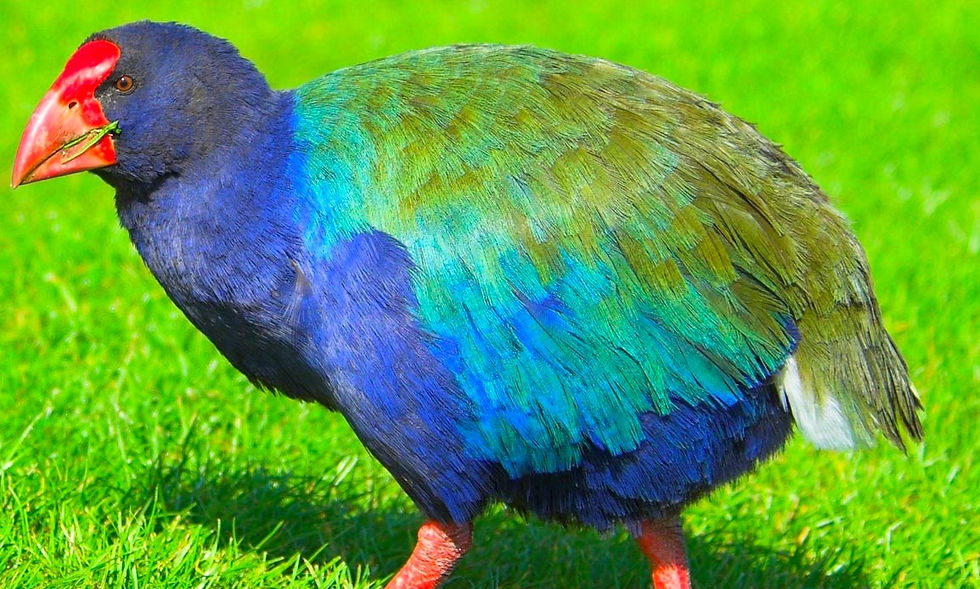
Takahē
A stunningly beautiful flightless bird from New Zealand, the takahē was considered extinct in 1898 and then rediscovered in 1948 and since then, New Zealand has valued this special species and there are significant conservation efforts in place. The Takahē are a species of swamphen and the name comes from the Maori word takahi, which means "to trample". Today, there are more than 500 birds in the wild. The largest flightless bird in New Zealand, they have special spiritual and cultural significance to the Ngāi Tahu, and the iwi (Māori tribe).
Wallace's Giant Bee
Some animals are "lost" because they are tiny or hide well, but this is the world's largest bee - how did we lose track of it? Well, it's only found in Indonesia and has a wingspan of 2.5 inches and was rediscovered in 2019!
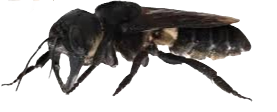
On witnessing the bee, in person, Clay Bolt, a photographer who was part of the team, said “To see how beautiful and big the species is in real life, to hear the sound of its giant wings thrumming as it flew past my head, was just incredible. My dream is to now use this rediscovery to elevate this bee to a symbol of conservation in this part of Indonesia." (from https://ucanr.edu/blog/bug-squad/article/search-worlds-biggest-bee-how-it-came-bee)
Black-naped Pheasant-Pigeon
A species has to be extinct for 10 or more years and then found to be considered rediscovered. This bird was considered extinct for 140 years before being rediscovered in 2022 in Papua New Guinea. Can you imagine being the scientist who saw this footage for the first time? In an article, it was described "like finding a unicorn". What a special bird!
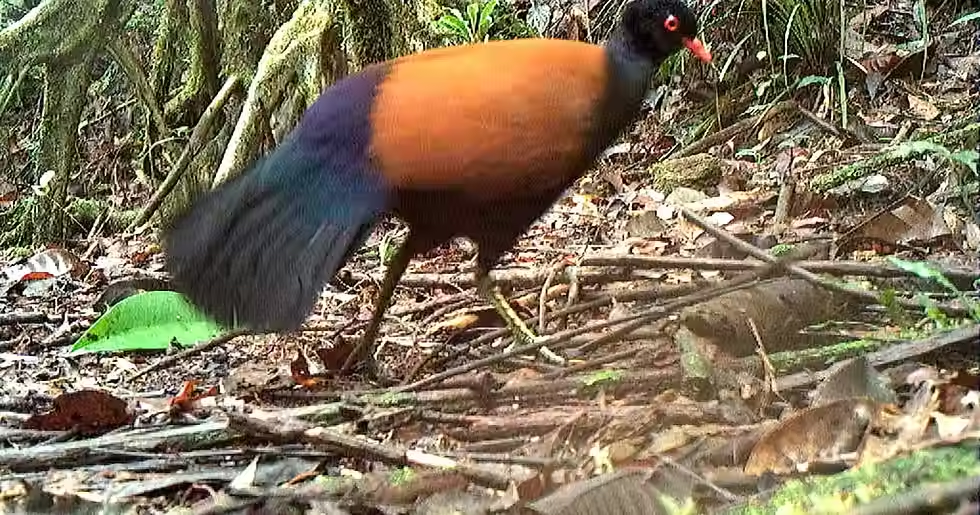
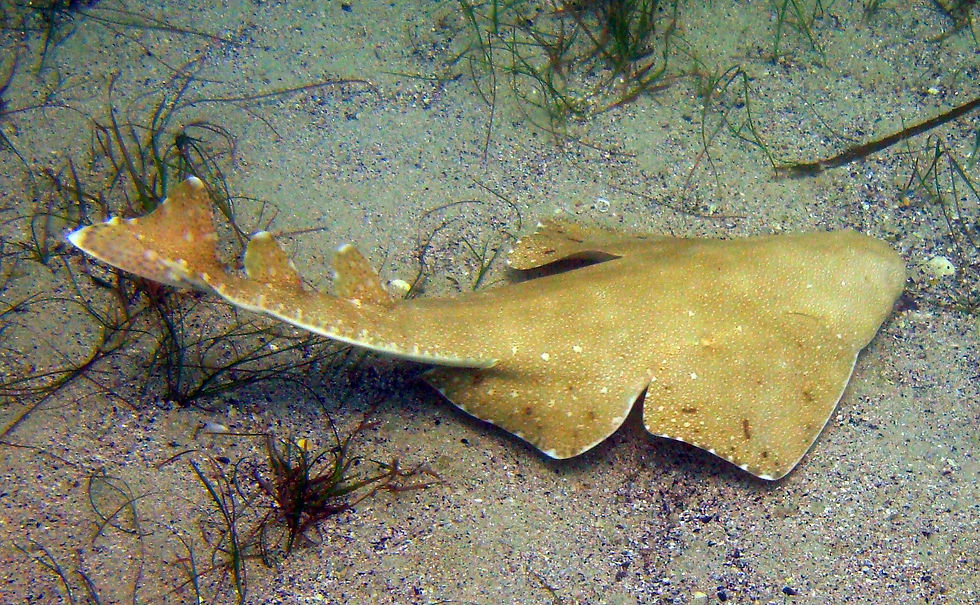
Chilean Angel Shark
It was named in 1887, but has rarely been seen since it is a bottom-dwelling shark who spends most of its time buried in sand underwater. Not much is known about the Chilean Angel Shark, but when 2 live sharks were recently found, photos, measurements and data were collected. As you know, I think sharks are awesome and I wanted to introduce you to this small (only 3 feet long), and cute shark friend.
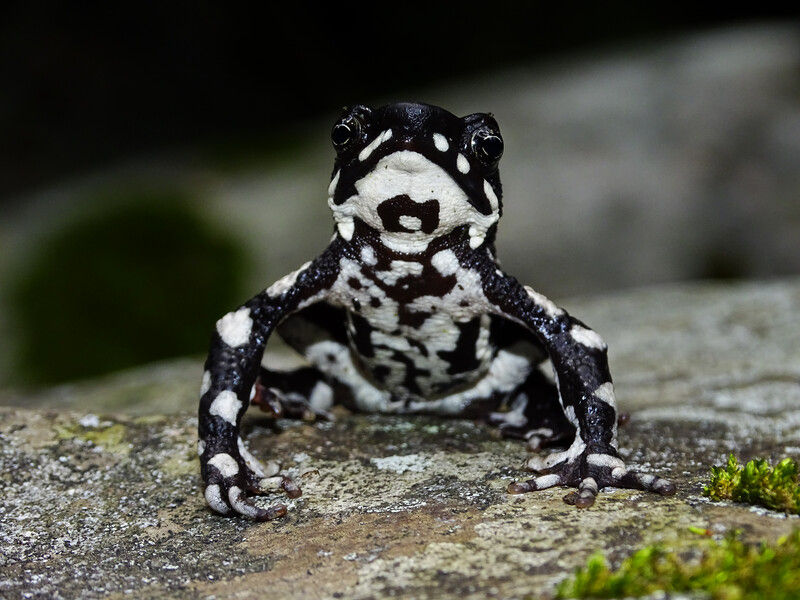
Starry Night Harlequin Toad
What does it mean for a species to be lost? It only means that scientists have not seen the species and due to issues like habitat loss, fear that it may be extinct. BUT, it's important to pay attention to people who view species differently. Often, Indigenous populations see, track, connect with and understand animals differently than scientists. In the case of the Starry Night Harlequin Toad, it was lost to science for 30 years, but it was never lost to the Sogrome community to who it is so important.
Found in Colombia, the Starry Night Harlequin Toad is considered a guardian of the water and a symbol of fertility for the Arhuace people. The tiny toad (less than 2 inches, full-grown!) is easy to recognize with its distinctive black skin and white markings. In 2019, thanks to partnerships between scientists and Indigenous communities, the toad was spotted and data collected. Fundación Atelopus is working to help this toad species, and many others, survive and thrive, while respecting and working with the Native community.
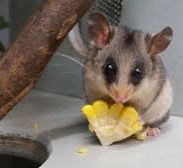
Mountain Pygmy Possum
What do you get if you combine a dormouse, mouse and opossum? Add cinnamon-colored fur and you have a mountain pygmy possum. Weighing only 1-2oz, this itty bitty marsupial was thought to be extinct since the Pleistocene era, but in 1966 was found in a ski town in Australia. It is critically endangered and beyond adorable. There are 5 species of pygmy possum in Australia, and the Mountain Pygmy Possum is found in extremely high elevations and can hibernate for up to 7 months in snow burrows, making them very hard to find.
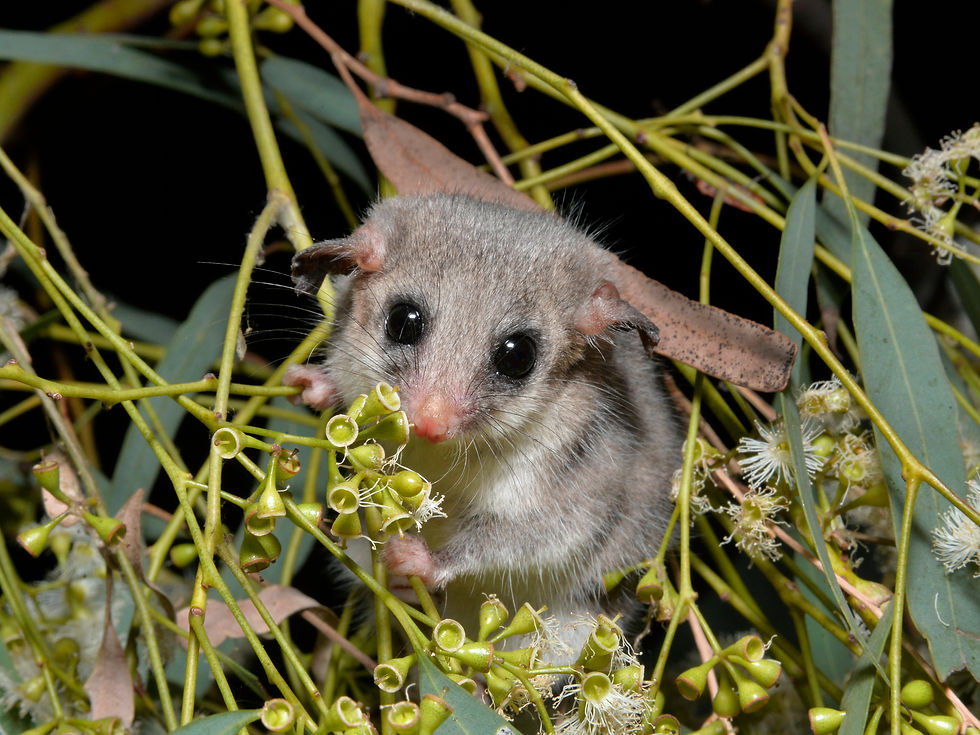
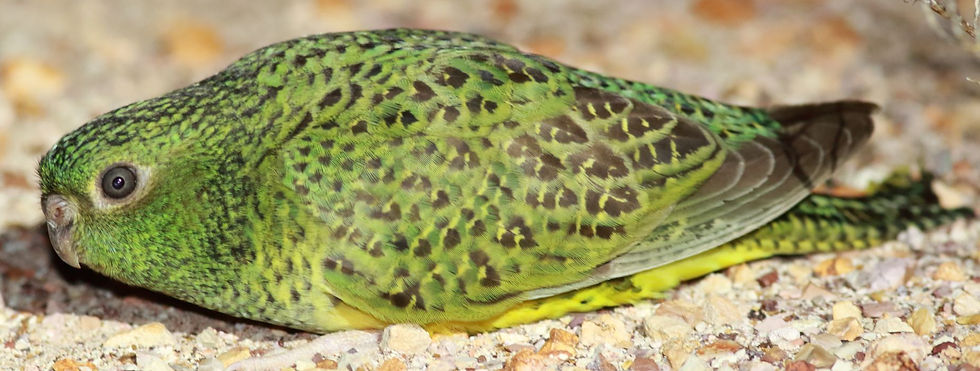
Australian Night Parrot
A small green bird, that is nocturnal, also known as the porcupine parrot, this little bird can fly, but rarely does. It is elusive; scientists aren't sure of an exact count but estimate that between 50 and 250 live in the wild. Thought to be extinct for a century, the night parrot has now been spotted several times and conservation efforts are in the works and a Night Parrot Reserve provides habitat and safety for this species.
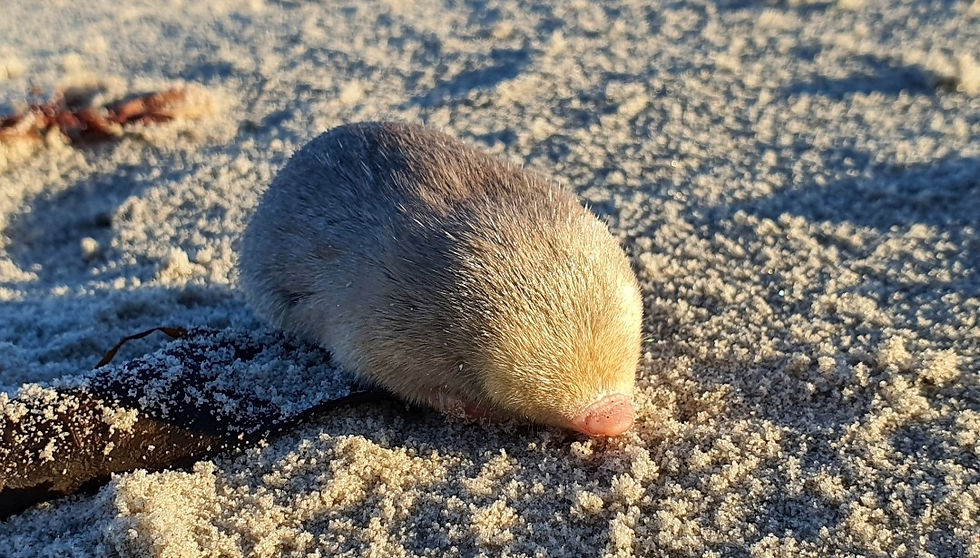
De Winton's Golden Mole
Swims through sand? Really? First thought to be extinct in 1936, this little critter, was happily rediscovered in 2023. They are blind and iridescent and have sparkly golden fur that make them seem a little magical, to me. Rarely seen by humans, since they spend most of their lives underground, the De Winton's Golden Mole population is still at risk, with habitat loss being impacted by the diamond and mineral mining in its native South Africa. This species had been on the list of "Most Wanted Lost Species". This list provides scientists with funding and support to research, explore and hopefully find and help species that need conservation efforts.
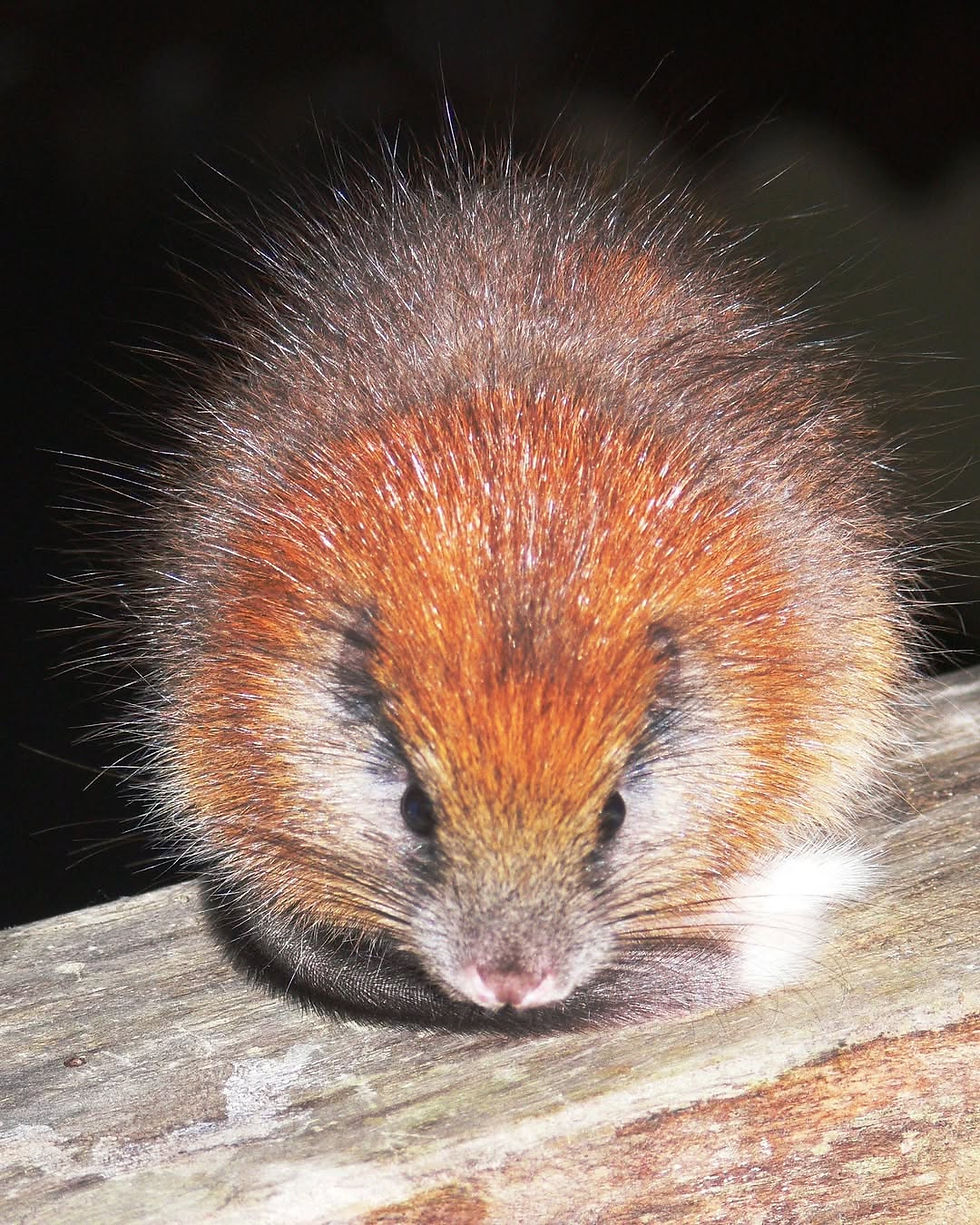
Red-crested Tree-rat
Gerbil-sized and has only been seen by scientists three times in recorded history. It's critically endangered and scientists know almost nothing about them. How many are there? What do they eat? Before the most recent sighting, in 2011, the red-crested tree-rat hadn't been seen for nearly a century. (Well, I imagine other nocturnal critters in the Sierra Nevada de Santa Marta region of Colombia have seen it!)
With an 11-inch tail, 5-inch whiskers, and reddish fur, it's pretty cute.
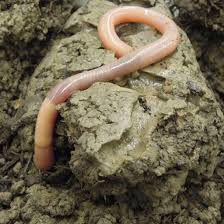
Giant Palouse Earthworm
Because this worm can burrow up to 15 feet deep, little is known about it. Discovered in 1897, it was then thought lost in the 1980s and was only rediscovered in 2010. This worm has a small area where it lives; parts of Idaho and Washington, but deep underground! It is considered vulnerable because of habitat loss. The recently rediscovered specimens did not show these interesting qualities, but earlier research states that the giant palouse earthworm smells like lilies when handled, and can spit in self-defense. The long worm (it can reach up to 8 inches), is albino in appearance.
Leadbeater's Possum
A teeny tiny marsupial that is critically endangered, the Leadbeater's Possum is fast, nocturnal and hard to spot. Thankfully, conservation efforts are in place, thanks to folks at Zoo Victoria.
They are also called "fairy possums" for their decidedly sweet features, quick movements and overall adorable-ness. They were rediscovered in 1961, but the Black Saturday bushfires in 2019 badly impacted their habitat.
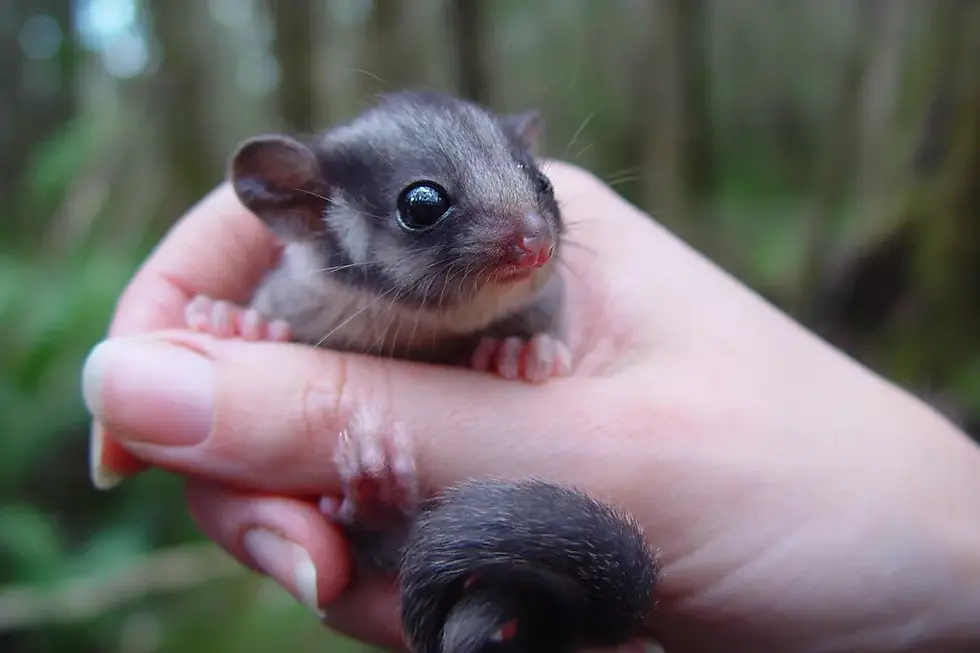
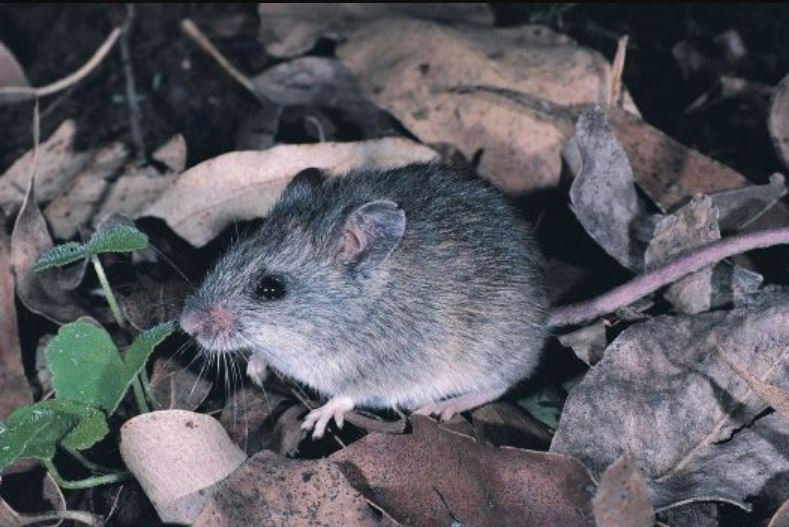
New Holland Mouse, also known as the Pookila
Although still listed as vulnerable, the New Holland Mouse was LOST to science for quite a while. It was first recognized in 1843 but was then unnoticed until 1967! It only lives in parts of Australia and Tasmania.
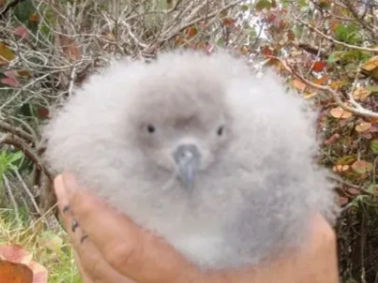
Bermuda Petrel
As the name suggests, it is the national bird of Bermuda and the second-rarest seabird on the planet. Also known as the cahow (a mimic of its call), was thought to be extinct for 300 years before being rediscovered in 1951. Bermuda petrels have been impacted by invasive species and habitat loss, but they are making a comeback! Significant efforts have been made to create safe nesting sites, and habitats where this bird can flourish on Nonsuch Island. Petrel chicks look like enormous fluffballs and their little squeaks are so cute!
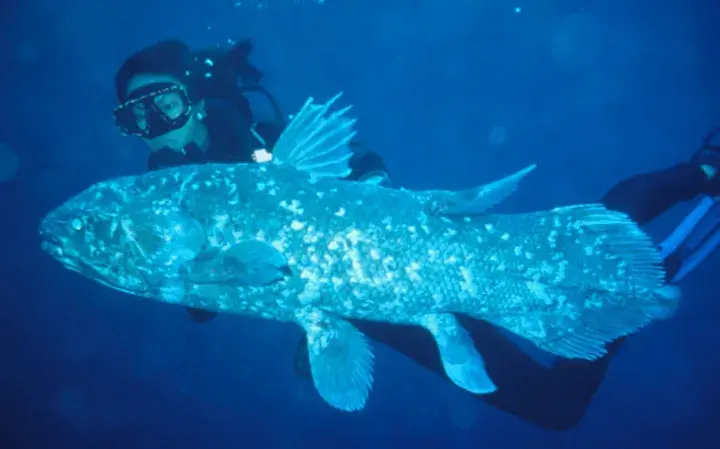
Coelacanth - this type of fish was only known through fossils and there were about 90 different types of coelacanth. They were considered extinct from 65 million years ago, but now there are 2 known living species. They live in the twilight zone - the part of the ocean that is 200-1000 feet below the surface; sunlight doesn't reach here, but there are amazing animals! Rediscovered in 1938, by chance, then the second species in Indonesia in 1997.
Weighing nearly 200 pounds and up to 6 1/2 feet in length, this is a significant fish.
There are many books about this interesting fish and it seems to have caught the imagination of many people, including author/poet Rafael Toriz who wrote this poem.
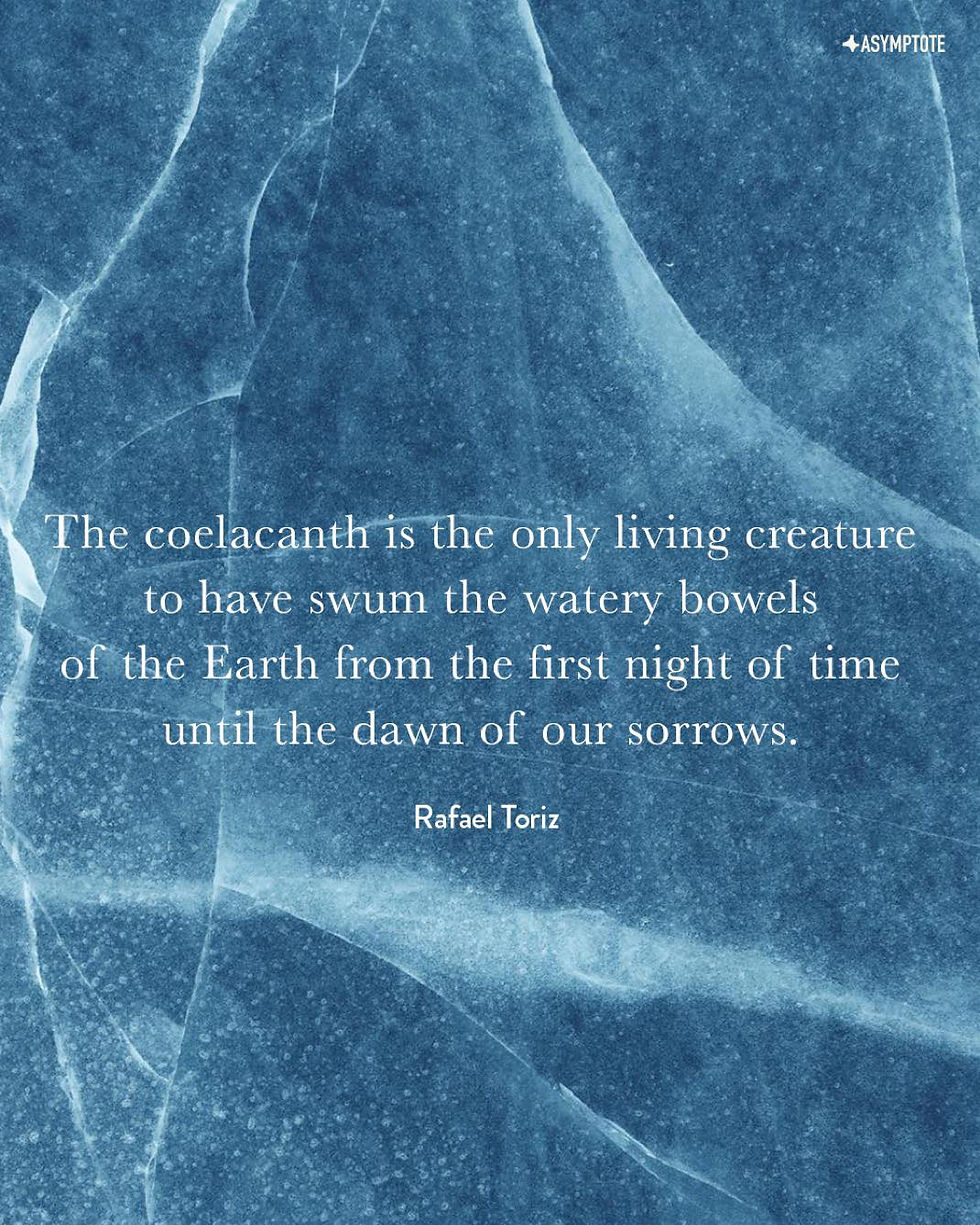
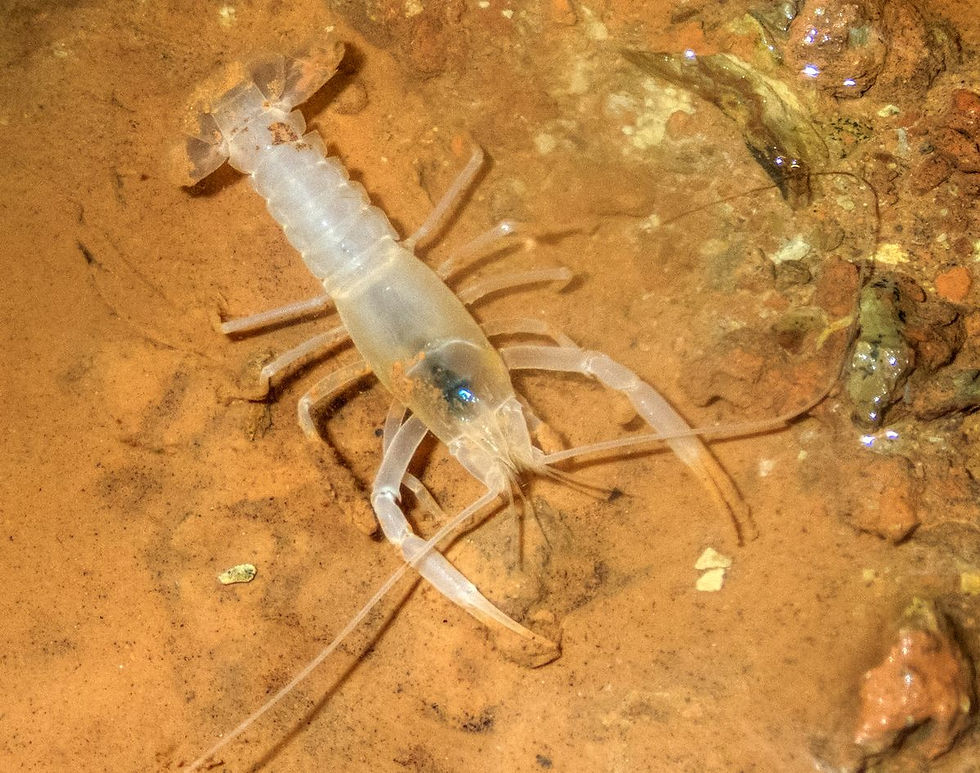
Shelta Cave Crayfish - found in only one place in Shelta Cave, Huntsville, Alabama!
They were rediscovered thanks to the work of Dr. Matthew Niemiller and his team.
Shelta Cave is a very unique ecosystem and it has been impacted by humans in harmful ways. Thankfully, conservation efforts are happening! The area is now a nature preserve and work is being done to protect all the interesting species and biodiversity who make a home here.
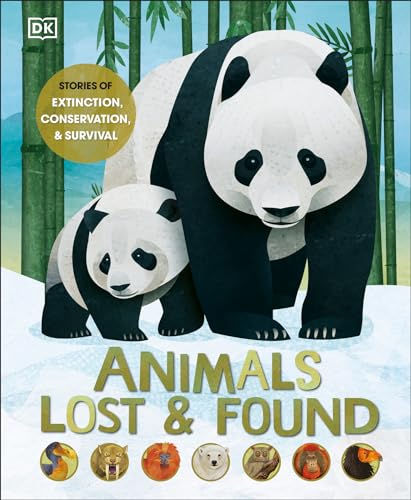
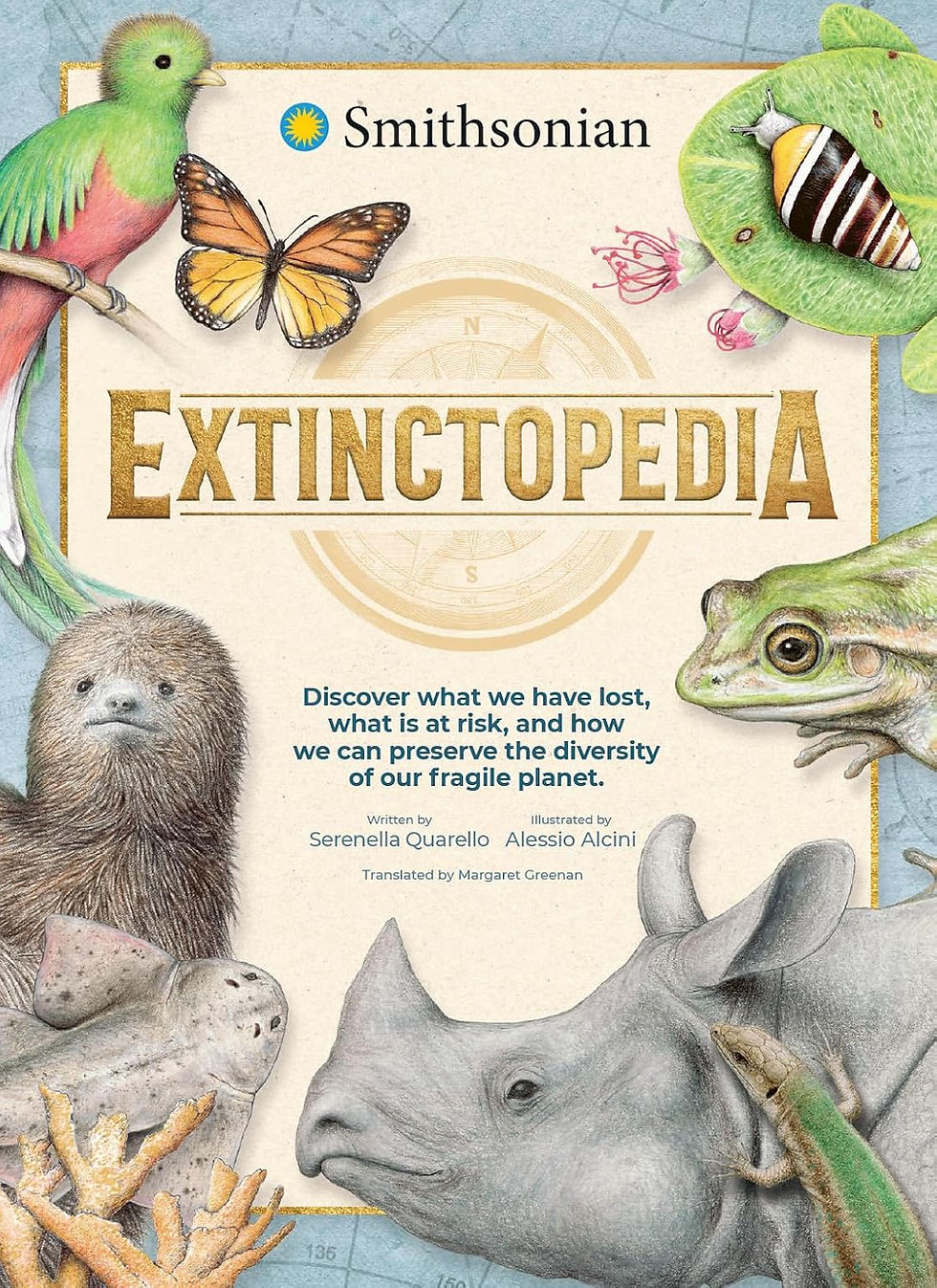
I am grateful, as always, for the library where we found these books which inspired this post!
Animals Lost and Found : Stories of Extinction, Conservation and Survival - by Jason Bittel, illustrated by Jonathan Woodward
Extinctopedia : Discover what we have lost, what is at risk, and how we can preserve the diversity of our fragile planet - by Serenella Quarello, illustrated by Alessio Alcini
Realize that in order to be "rediscovered", humans have to have already found, named and studied a species before losing track of the species in the wild. We, as humans, are only one species ourselves and there are SO many creatures we haven't met! New species are still being discovered (and I hope there are always some that stay hidden from humans). In 2022, this really cute frog was found and named for the first time. The shape of its snout brings to mind none other than the tapir!
Meet the TAPIR FROG!
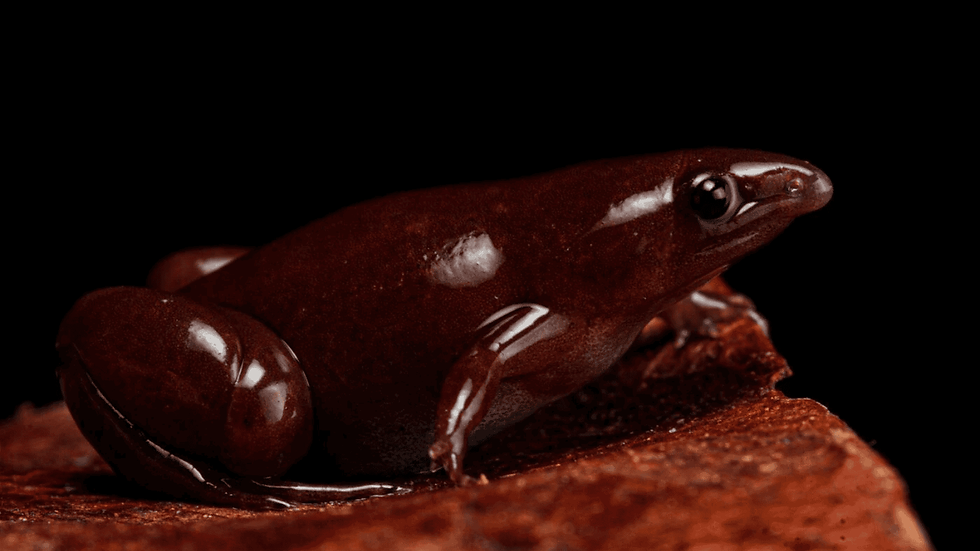





I loved this awesome and informative post. It is a subject I knew nothing about--animals that were thought to be extinct, but now rediscovered--it was totally fascinating. In particular I thought the two possums (Mountain Pygmy Possum and Leadbeater's Possum) were especially adorable. The Black-naped Pheasant-Pigeon was also really beautiful, and, the tapir frog totally precious. But it's really impossible to pick favorites--I loved them all, and found the information to be captivating and inspiring. Thank you, as always, for the time spent doing this research and for making such enlightening posts--I always learn so much!